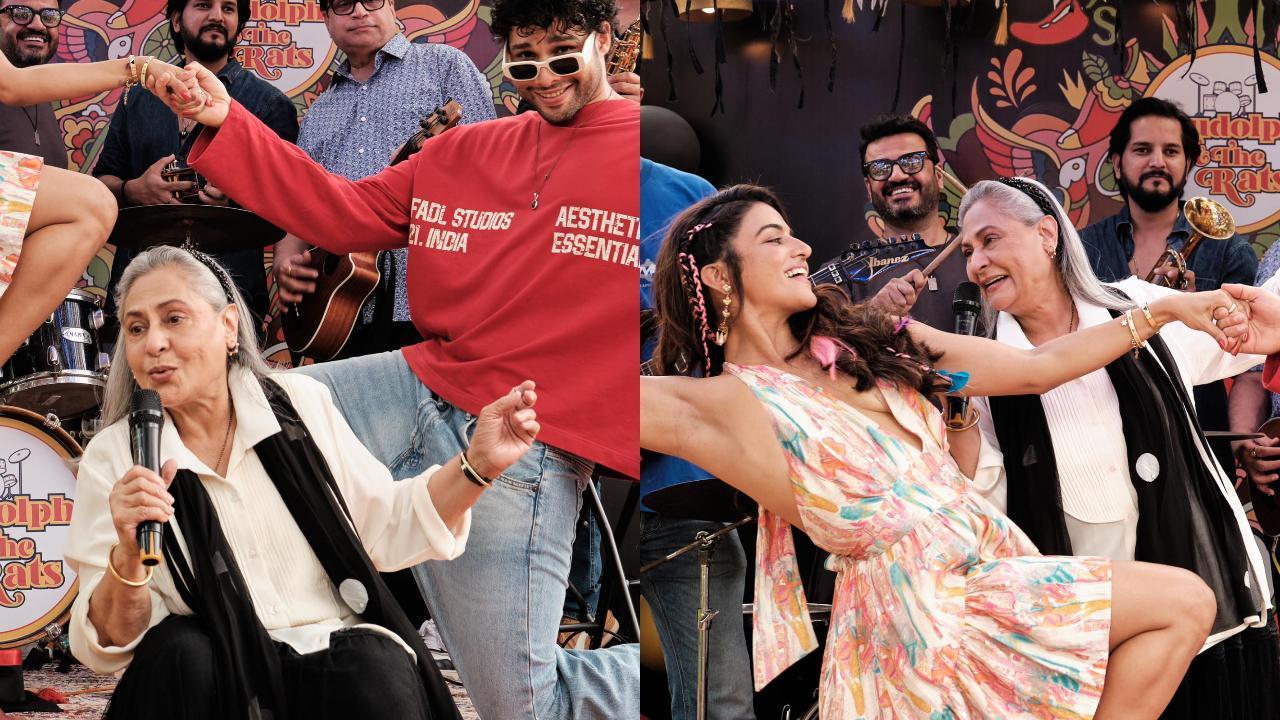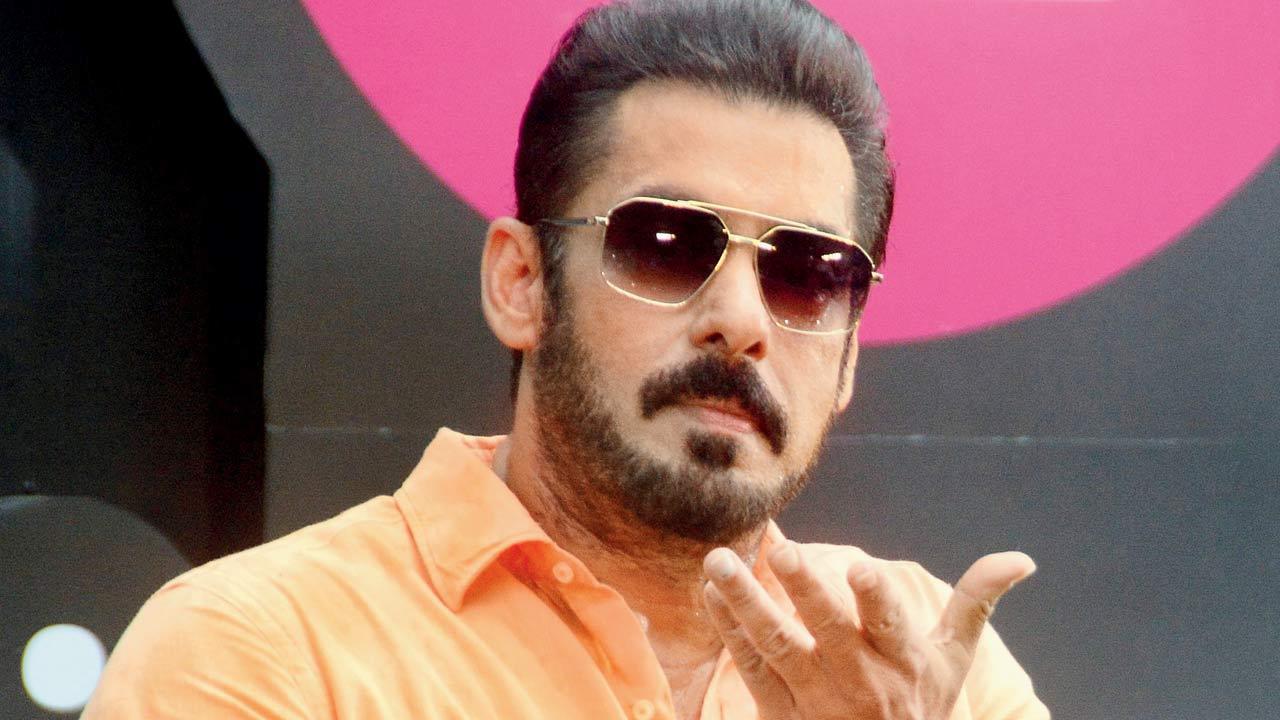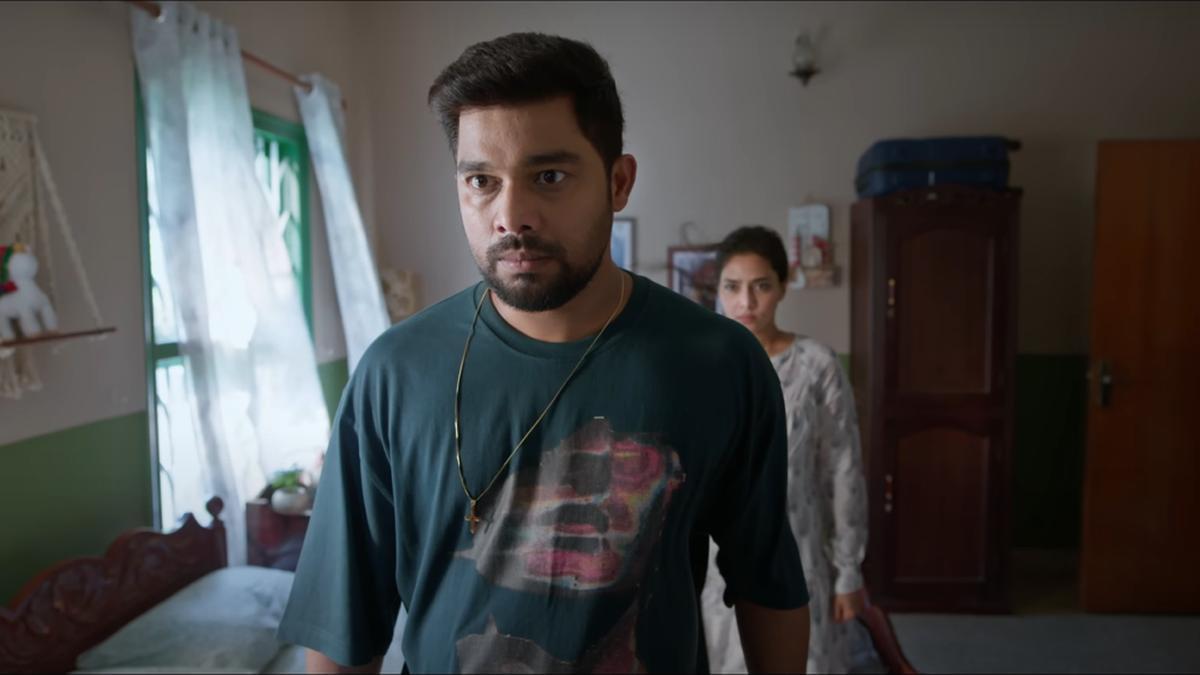
In the constantly buzzing world of Bollywood, actress Katrina Kaif has emerged not only as a celebrated star of commercial cinema but also as a committed artist striving to push her own boundaries. While the allure of glitzy dance numbers and the archetype of the reserved Bollywood heroine have perennially beckoned, Kaif has made conscious choices to tread the paths less taken. The first notable venture that marked this shift was her role in ‘Namastey London.’ Reflecting on the experience, Kaif shares, “It was a departure from the usual, notwithstanding its rom-com overlay. To me, the story was nothing short of brilliant, uniting a chic NRI girl and a quintessential Indian boy.”
Yet, it was her involvement in the political drama ‘New York’ that revealed a stark transition in the type of stories she yearned to convey. The journey toward this film, starting with the exclusion of her character from ‘Bachna Ae Haseeno’ to being cast in what she envisioned as an ‘artsy’ movie, details a particularly formative episode in her professional life. This candid revelation was a part of her conversation with Mid-day in their latest episode of Sit With Hitlist.
Bachna Ae Haseeno, the rom-com that initially included four female leads, faced a narrative excess which led Aditya Chopra, the steward of the legendary Yash Raj Films, to curtail the story — thereby eliminating Kaif’s role. Recounting the turning point, Kaif expressed her incredulity: “I remember being called into Adi’s office after being cast in what was my first Yash Raj film—a career milestone. He said that the film had become bloated and my character had to be scrapped. I couldn’t fathom it.”
Shortly thereafter, the same fate that snatched away her role in a glitzy commercial feature presented her with ‘New York’—a film devoid of the typical song sequences and the commercial fanfare she had grown accustomed to. Director Kabir Khan, known for his documentary-style filmmaking, seemed to offer her something of an ‘art film.’ Kaif admits to an initial reluctance: “He almost made it sound like it was a small, insignificant project. I couldn’t quite digest the pivot.”
The turning point, she elaborates, came through the encouragement of Salman Khan. Khan’s prior acquaintance with Kabir and his conviction in the director’s vision bolstered her to embrace the project. “Salman found something special in Kabir’s approach and saw the makings of a great filmmaker. I trusted his insight, and despite my hesitations about the project’s scope, I stepped onto the sets.”
Her trepidations mirrored the typical concerns of an actor entrenched in commercial Bollywood—where were the massive sets, the elaborate lighting, and the extensive crew? However, the quaint setup of ‘New York’ belied an enriching professional experience that unfolded during the shoot in the titular city, culminating in what Kaif describes as “one of the most incredible experiences of my life.”
Katrina Kaif’s journey is emblematic of an artist’s challenge: to forsake the comfortable for the compelling, to trade the familiar glitz for a shot at artistic resonance. As her story illustrates, the trade-off—though jarring at first—can lead to profound professional fulfillment and growth. This narrative of an unexpected artistic detour stands as a testament to Kaif’s versatility and her commitment to delving into distinct cinematic narratives, coming full circle from her unplanned exit from Bachna Ae Haseeno to her transformative role in New York.










